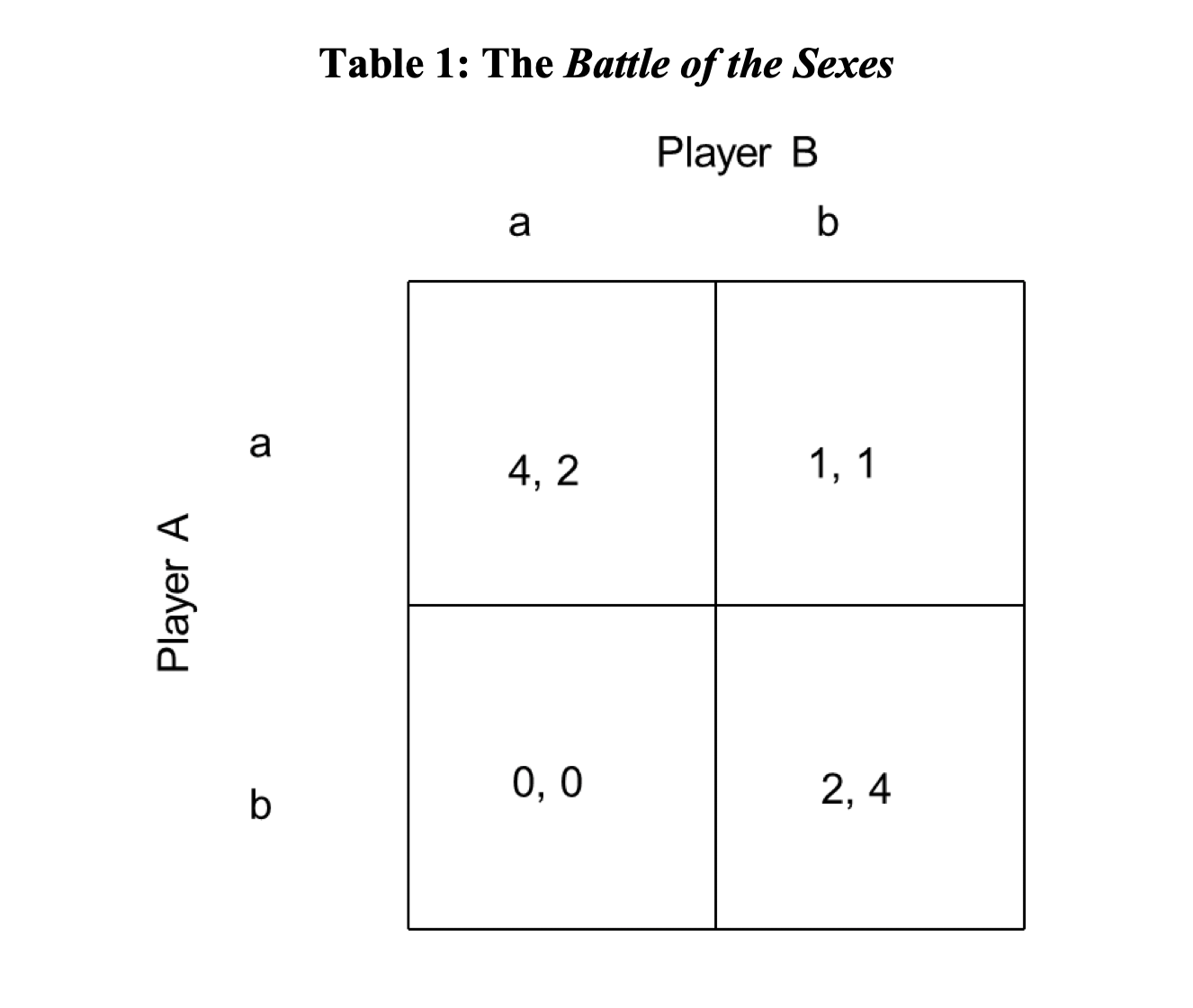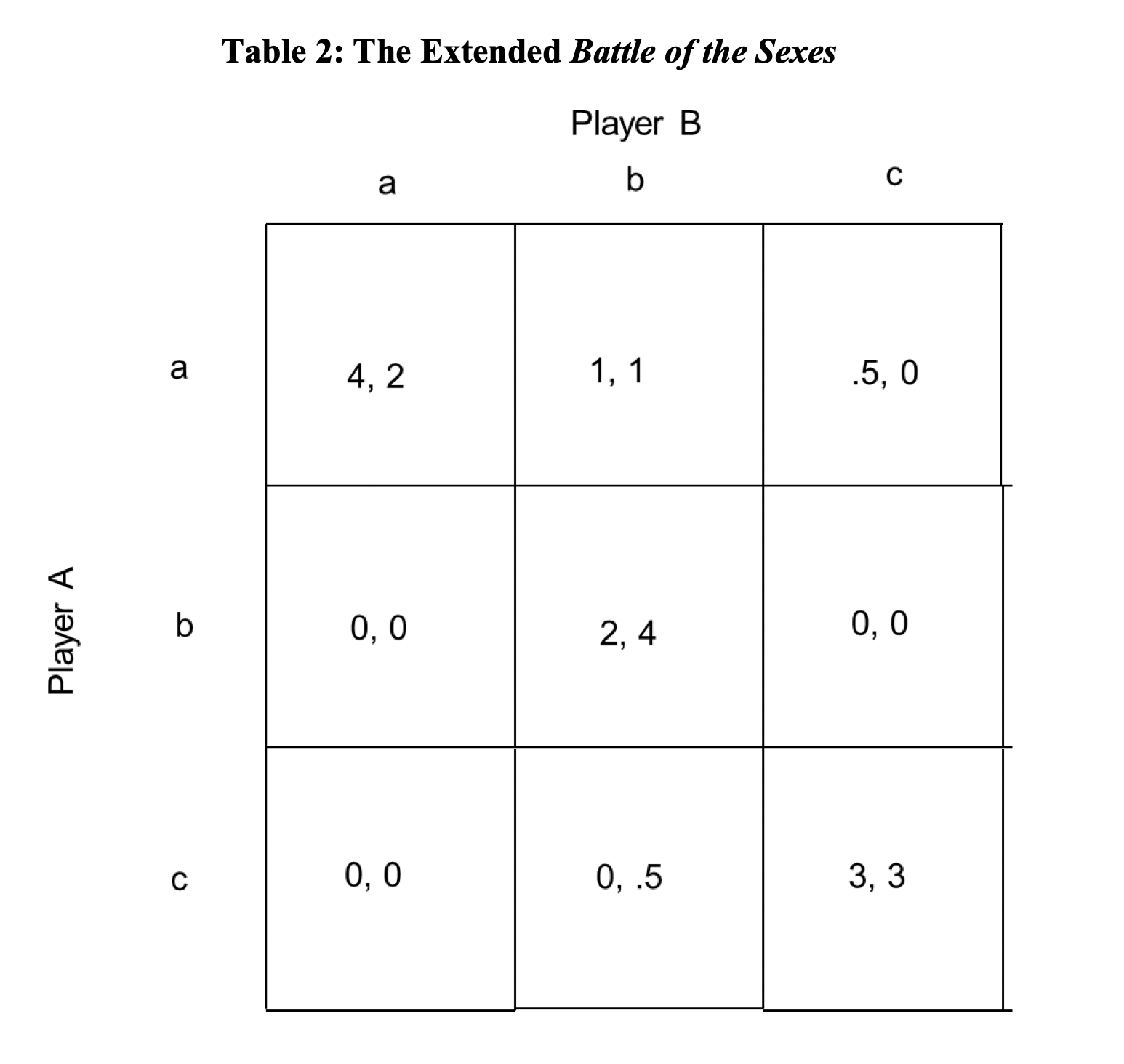California Management Review
California Management Review is a premier professional management journal for practitioners published at UC Berkeley Haas School of Business.

The internet of things (IoT), a term that entered the lexicon of business at the beginning of the 21st century, refers to the ability of physical devices that are connected to the internet to collect and disseminate information. Industry analysts estimate the number of IoT-enabled devices to grow from approximately 8 billion in 2019 to approximately 41 billion by 2027. And the market research firm, International Data Corporation, estimates annual spending on IoT to grow from $726 billion in 2019 to $1.1 trillion by 2023.
IoT platforms are pivotal to the growth of IoT markets because of their central role in accelerating connectivity (the linking of devices, networks and systems), data aggregation and storage (the collection, dissemination and storage of data), and application enablement (the customization of solutions for end-users’ needs).
The Boston Consulting Group reports that as many as 400 firms entered the IoT platform market over the last decade. This group includes large enterprise software and service companies (e.g., Apple, Amazon, Google, IBM, Microsoft and more), industrial manufacturers (e.g., Siemens, Honeywell, Bosch, Cisco, GE and more), and startups (e.g., Helium, CENTRI, Hologram and more).
Because each IoT platform comes with its own collection of technical standards and protocols, standards wars are common. In the smart home market, for instance, the standards war pitting the leading platform sponsors —Google, Amazon, and Apple — has slowed consumer adoption.
In the smart home market, the standards war pitting the leading platform sponsors —Google, Amazon, and Apple — has slowed consumer adoption.
Standards wars are best understood through the prism of Battle of the Sexes games. I am not referring to gender wars or to the Hollywood film (by this name). I am referring to the 2nd most famous game in game theory (after the Prisoners’ Dilemma game) — a game which highlights the challenges that players have in coordinating actions when they have diverse preferences.
In the most commonly told narrative, a husband and wife must decide where they will meet later in the evening. Each has two options: the bullfight or the opera. The husband and wife want to be together though each has distinct preferences. The husband would like the wife to join him at the bullfight while the wife would like the husband to join her at the opera. Neither will be pleased if the other is not by their side.
There are two questions of interest. First, what is the Nash equilibrium? That is, which event will each player choose to attend? And second, how does the Nash equilibrium change with changes in the structure of the game?
Consider a version of the Battle of the Sexes contextualized to the ongoing IoT platform wars. Suppose that there are 2 players — players A and B. Each player has two choices — standard a or standard b. Player A prefers that the 2 players coordinate their businesses around standard a while player B prefers that the 2 players coordinate their businesses around standard b.
Table 1 presents the matrix form version of this game. The numbers within each cell of the matrix represent the payoffs to each player: the first number is the payoff for player A and the second number is the payoff for player B.

Inspection of the matrix allows for 2 important conclusions. First, neither player has a dominant strategy. Player A prefers standard a to standard b if player B chooses a but prefers standard b to standard a if player B chooses b. The same logic applies to player B.
Second, there are 2 pure-strategy Nash equilibria — (a,a) and (b, b). Player A prefers to not defect from a if Player B also chooses a (because 4 dominates 0) and prefers to not defect from b if player B also chooses b (because 3 dominates 1). This logic applies to player B too.
That there are 2 Nash equilibria means that one cannot predict which Nash equilibrium will be observed. If players choose their most preferred standard, the outcome is an out-of-equilibrium play: (a, b), which yields payoffs of (1, 1).
The coordination challenges in Battle of the Sexes games are vividly illustrated in O. Henry’s Christmas tale, The Gift of the Magi. Jim and Della are a young couple who do not have much money to buy each other a Christmas gift. The one thing of value that Della possesses is long locks of hair. And the one thing of value that Jim possesses is a gold watch which he inherited from his grandfather. Their love for each other causes them to think (and act) altruistically. Della cuts her hair and sells it so that she can purchase a chain for Jim’s watch while Jim sells his watch so that he can buy ornamental combs for Della’s hair.
Their altruism leads them to (what the game theorist might view as) a disastrous outcome. But altruism is not necessary for coordination failures. As the standards war example illustrated in Table 1 shows, even rational players pursuing their own narrow interests can make choices that leave them worse off.
Communication can reduce the likelihood of out-of-equilibrium play. But what kind of communication? And how much?
Russell Cooper and his co-authors (1989) answer these questions by conducting a series of experiments that simulate 2 player Battle of the Sexes games. When communication between the players is not possible, out of equilibrium play — the equivalent of player A choosing a and player B choosing b — is not uncommon. When one round of communication is permitted, one way communication is more effective in resolving coordination problems than two-way communication. In fact, two-way communication is effective in resolving coordination problems only when the players have at least 3 rounds of communication.
Examining standards wars during the 19th and 20th centuries (such as in railroad gauges, electricity, color television, VCRs, browsers, modems and more), Carl Shapiro and Hal Varian (1999) conclude that standards wars generally end in one of three ways: a truce, a duopoly or a fight-to-the-death. Compromise choices (the equivalent of a truce) can serve as focal points, especially when they are sponsored by trusted third-parties and when the proposed compromise choice is perceived as transparent and fair.
In the smart home market, Google, Apple, Amazon (and others) have agreed to put an end to the standards wars by adopting a common standard. The common standard, known as “Connected Home Over IP”, will be managed by the Zigbee Alliance — an IoT industry cooperative. The common standard will be open-source, royalty free and will be compatible with established standards such as Wi-Fi and Bluetooth. The specifics of the compromise choice are to be determined.
Extending the Battle of the Sexes game permits an understanding of when compromise choices can emerge as a focal Nash equilibrium. Suppose that Players A and B can now choose from three possible standards, a, b, and c where c is the compromise choice proposed by a 3rd party.

Table 2 presents the normal form for this modified Battle of the Sexes game. Notice that the compromise choice yields meaningful payoffs only if both players choose it. Inspecting the payoffs, it is evident that are 3 Nash equilibria: (a,a), (b,b), and (c,c). The (c,c) equilibrium is likely a focal Nash equilibrium because it is equitable and because it is administered and enforced by a 3rd party.
Experiments simulating the Battle of the Sexes game show that the inclusion of a compromise option can alter players’ choices. In a recent paper, He and Wu (2020) show that the compromise option is chosen in one-shot games but in repeated games, the players may coordinate around their preferred choices. Clearly, the tenure of the game as well as the players’ relative payoffs makes a difference.
The ongoing IoT platform wars are best understood through the prism of the classic Battle of the Sexes game. Because Battle of the Sexes games have multiple Nash equilibria, coordination challenges raise the potential for out-of-equilibrium play. Communication and repeated play can help the players avoid poor choices. Compromise choices can, if they are sponsored by 3rd parties that are trusted by all participants, emerge as a focal Nash equilibrium.
1. Bhatia, A., Z. Yusuf, D. Ritter and N. Hunke, “Who Will Win the IoT Platform Wars?” Boston Consulting Group, June 29, 2017
2. Cooper, R., D. DeJong, R. Forsythe and T. Ross, “Communication in the Battle of the Sexes Game: Some Experimental Results,” Rand Journal of Economics, 1989, 568-587
3. Gyarmathy, K., “Comprehensive Guide to IoT Statistics in 2020,” March 26, 2020, Vxchange
4. Henry, O., “Gifts of the Magi,” The New York Sunday World, December 10 1905
5. McCarthy, K., “The IoT Wars are Over, Maybe?” The Register, December 18, 2019
6. S. He and J. Wu, “Compromise and Coordination: An Experimental Study,” Games and Economic Behavior, January 2020, 216-233
7. Shapiro, C. and H. Varian, “The Art of Standards Wars,” California Management Review, Winter 1999
 Insight
Ashley Gambhir et al.
Insight
Ashley Gambhir et al.
 Insight
Michele Sharp et al.
Insight
Michele Sharp et al.